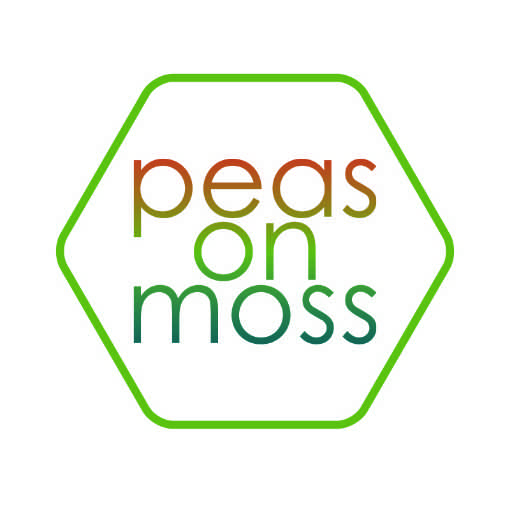A few years ago, when I separated from the Air Force*, my good friend and Lieutenant sent me some Gullah Gourmet foods. He sent me grits, chowdahs, and bisque. He was from Charleston, and I’ve never been to Charleston, so when he got home, he sent me those treats to introduce me to the Charleston cuisine. I’m not big on powdered mixes, though the stabilizers and texturizers fascinate me, but the flavors are very good. Maybe on the salty side for my taste, but good.
The recipes are easy to prepare, usually requiring only a few ingredients to mix up a batch of authentic tasting dishes. Of course, I don’t have as much experience with Southern food, but the flavors are rich and enjoyable. We definitely enjoyed the cobblah, but since Josh is now gluten-free, that was a once in a lifetime experience.
I’ve been writing for Demand Studios for nearly one year, and I wrote a nutrition article about Gullah Gourmet recently. It was the first time I’ve spent some energy in analyzing the nutritional value of the various mixes. Well, stop reading if you don’t want the nutritionist’s perspective about the product.
I analyzed the Can’t Miss Seafood Bisque. I didn’t get to taste it, but that’s the recipe that Demand Studios needed for Livestrong. I think I burst my own Southern Food bubble. Oh well. Homemade Southern food would be much better than any packaged food, but the Gullah Gourmet items would offer a fair substitute if you couldn’t (or wouldn’t) make it yourself.
The first ingredient was partially hydrogenated soybean oil. This and some of the other ingredients probably contributed to the 5 g trans fats per serving. The American Heart Association recommends restricting your intake to less than 2 g of trans fats per day, based on a 2,000 calorie diet.
Among the other ingredients were salt, butter flavor, artificial and natural flavors, extracts, and some sodium-based stabilizers. These ingredients probably contribute to the sodium levels, which were 1280 mg per serving, or about 53 percent of your daily values.
Several of the other ingredients were preservatives, stabilizers, and texturizers necessary for dried mixes. Your Southern grandma probably wouldn’t recognize them. A few brands are able to use fewer mixes, but truly, to make a product that is shelf-stable. Maybe you’ll consider me a sell-out, but truly, have you tried making a dried mix without a ready-made dehydrated product, you’ll know that sometimes you get a slightly sticky or clumpy product. That might work at home, but it wouldn’t work as a packaged food.
All right, so maybe you think this is an affront on the Gullah Gourmet creators. No, it’s not. But I wouldn’t recommend eating Gullah every day. Enjoy the few products you can find or that you buy on their website, and consider splitting the food into smaller portions than the package directs, adding salad with lots of vegetables and a light vinaigrette to compensate just a little. Then take a looooong walk after supper.
You can order Gullah Gourmet products from their website, or wait for a friend from Charleston to send you a package or two. Gullah was featured on the Food Network, so you know their food is good.
*Despite the name, “separated” just means “got out” as opposed to retired, since I wasn’t in for twenty years


Recent Comments